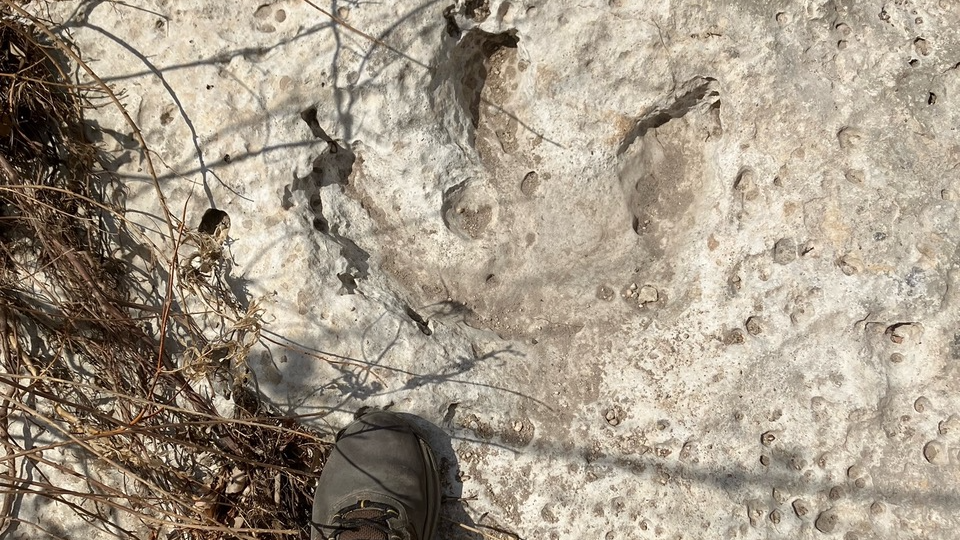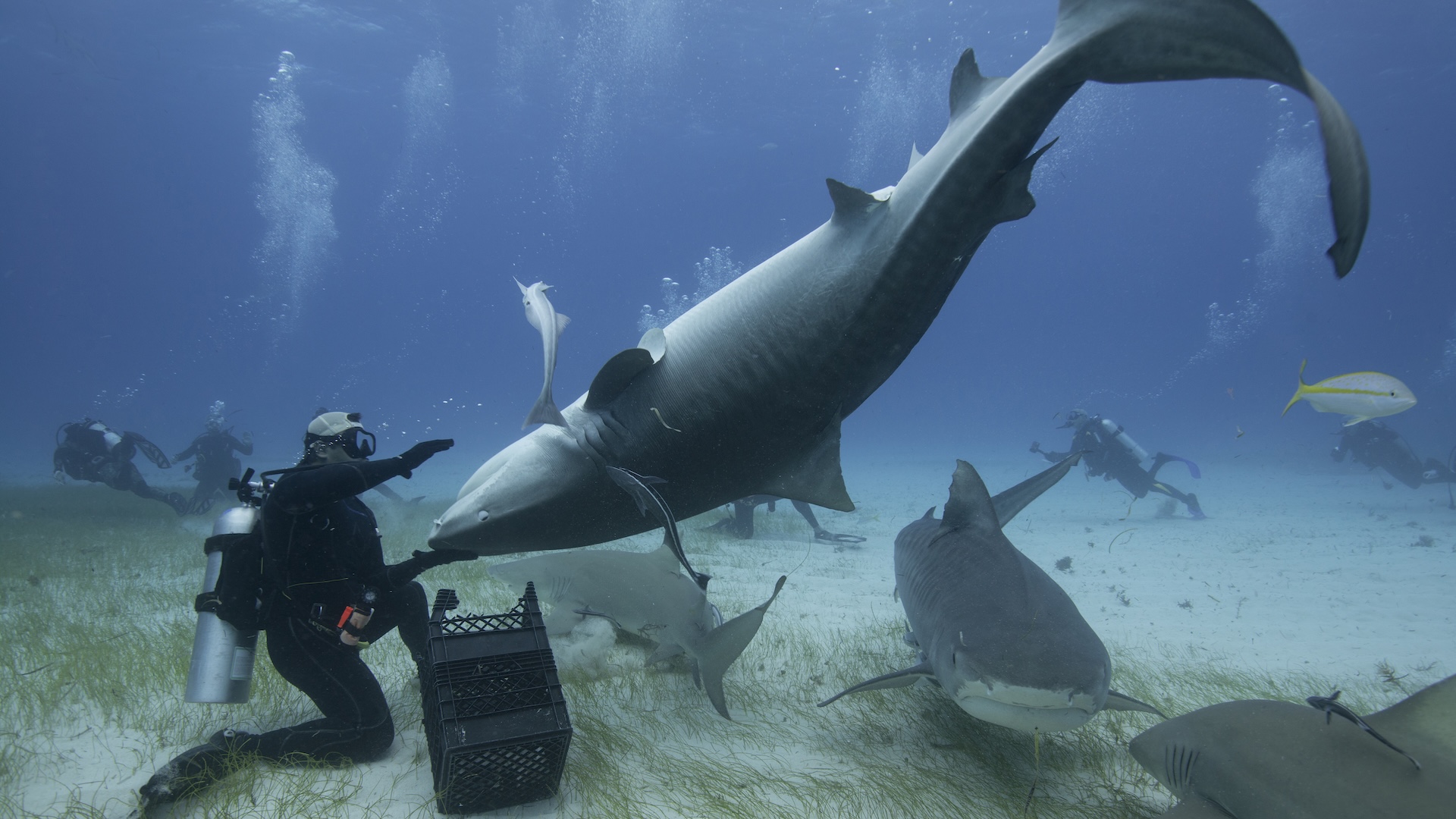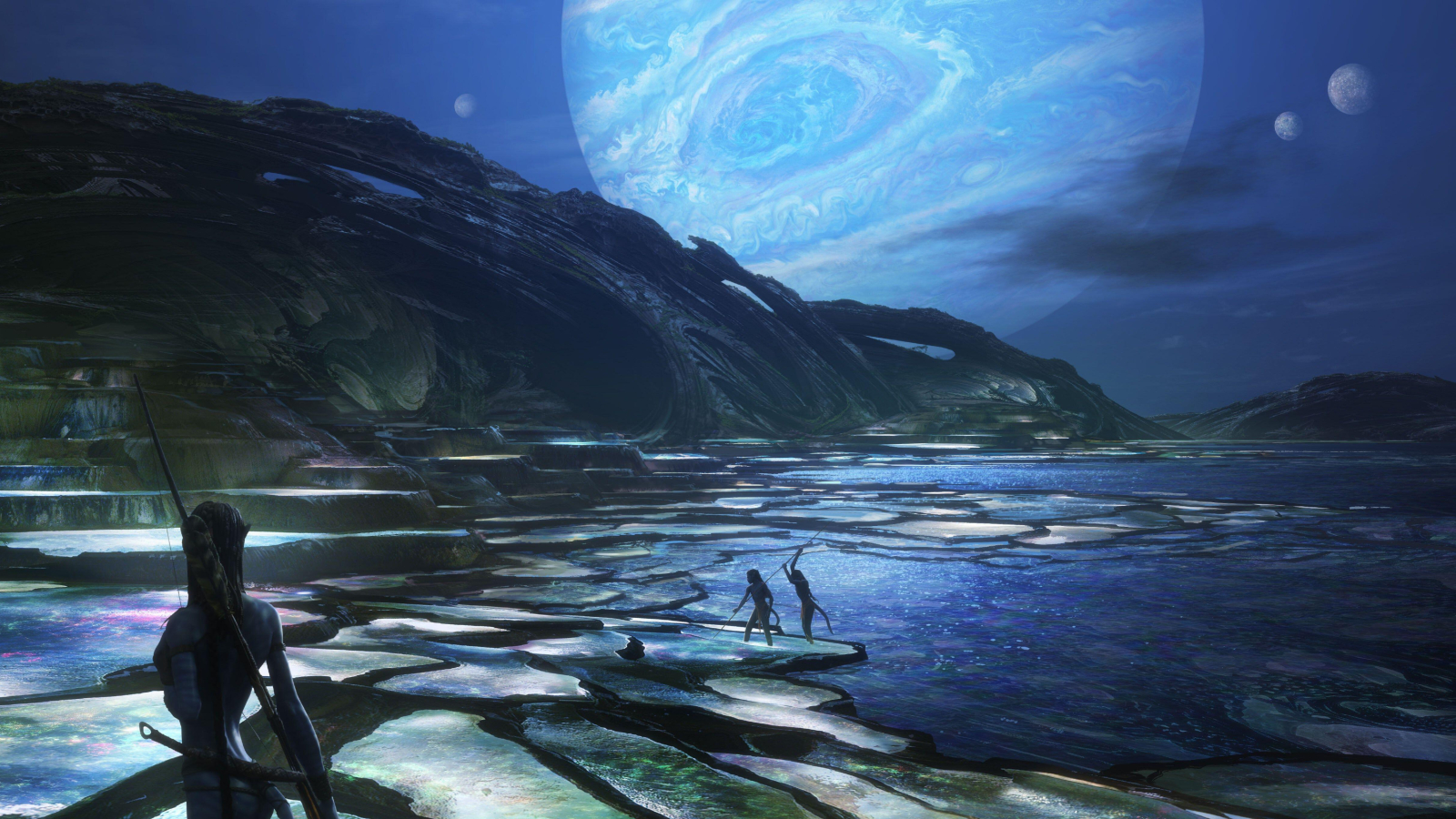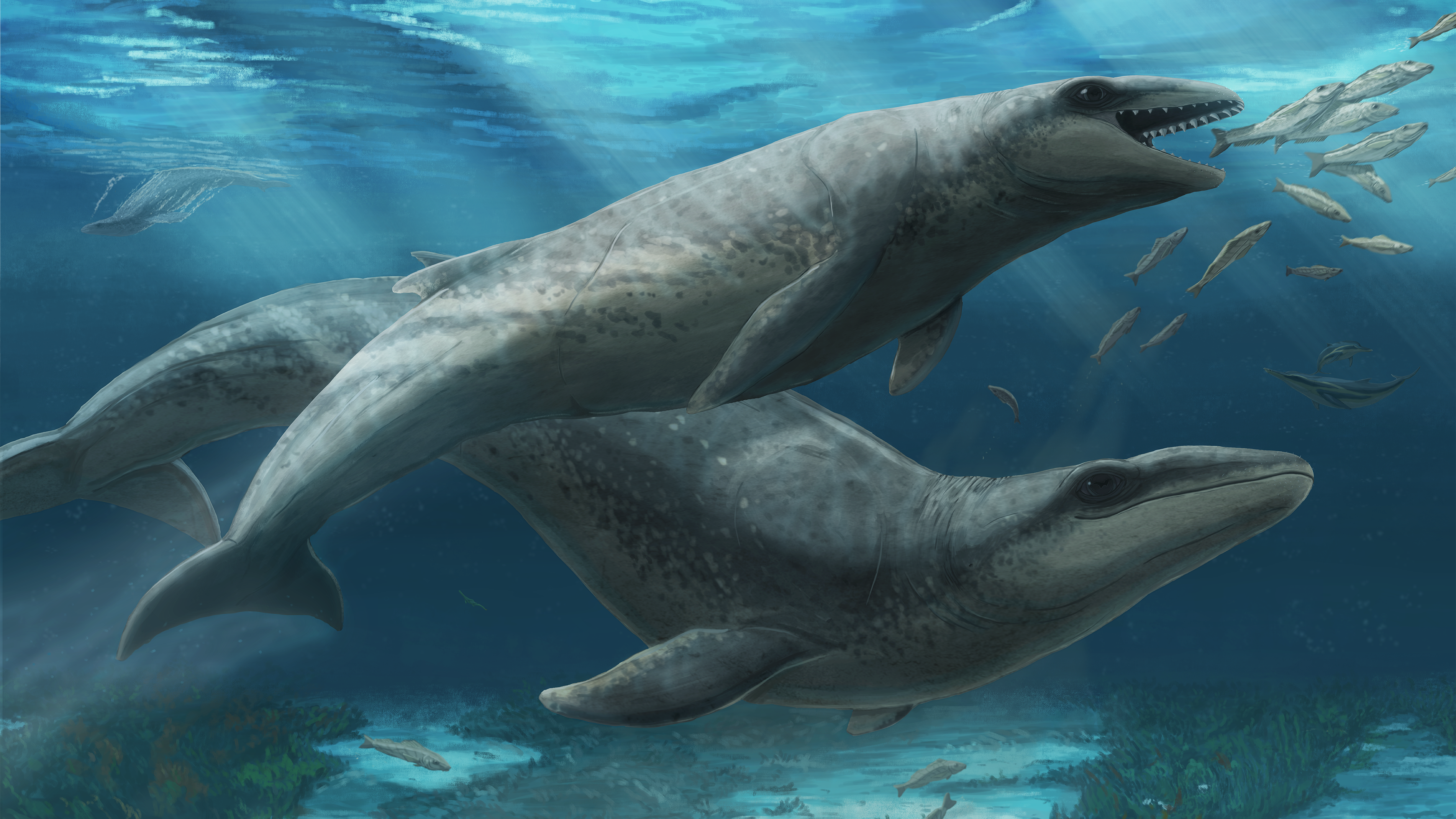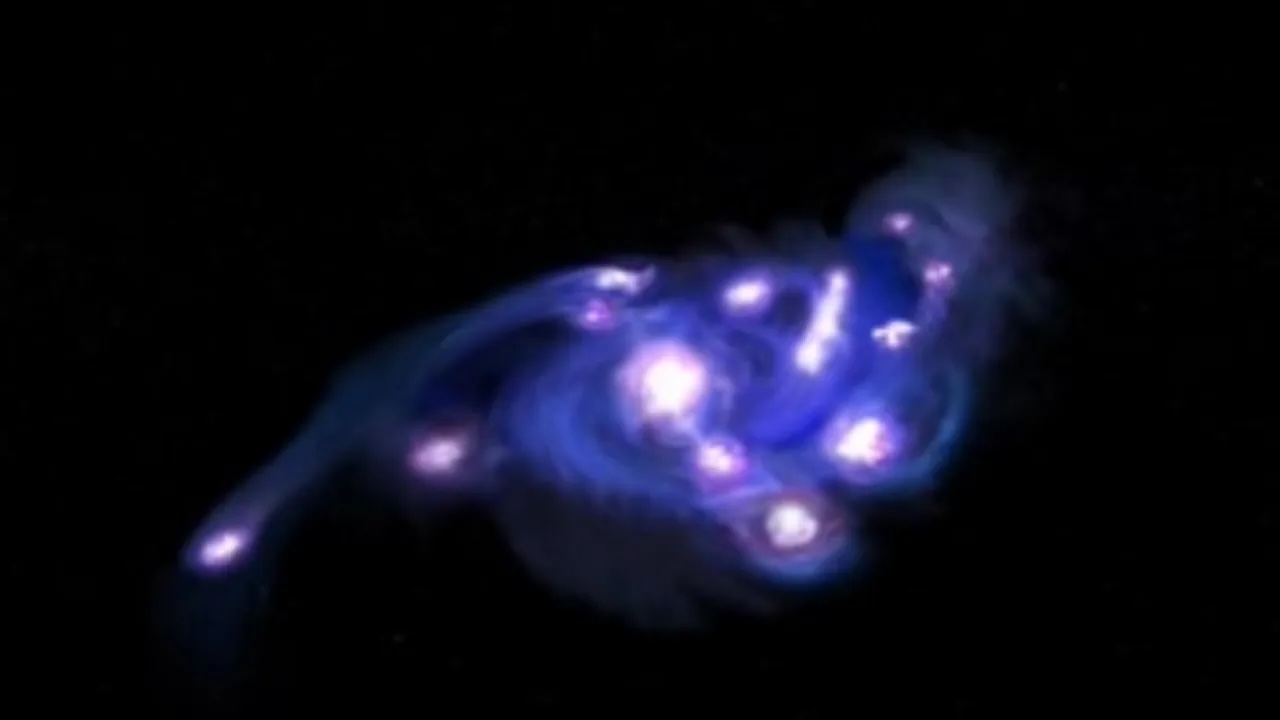Sharks can be formidable predators, but when they’re flipped upside down, many species enter a trance-like state, known as tonic immobility, and are as helpless as a beetle on its back.
Tonic immobility is “as close to hypnotising a shark as you can get!” Joel Gayford, a doctoral candidate of marine ecology at James Cook University in Australia, told Live Science in an email. “The animal completely stops swimming, and the only movement it’s making is slow rhythmic breathing.”
But what happens when a shark enters this state? And why do sharks freeze when turned belly-up?
During tonic immobility, a shark experiences a decrease in sensory responsiveness, cardiac rate and blood pressure, as well as analgesia, meaning a decrease in its sensitivity to pain, Abraham Miranda-Páez, a researcher at the Mexican nonprofit Pelagios Kakunjá that aims to conserve sharks and manta rays, told Live Science in an email.
For the shark species that go into tonic immobility — including great white sharks (Carcharodon carcharias), lemon sharks (Negaprion brevirostris) and gray nurse sharks (also known as a sand tiger shark, or Carcharias taurus) — this freeze response “can be induced when the shark is flipped over or by stimulating the snout (home to lots of electroreceptors called the ampullae of Lorenzini), Jillian Morris, founder of Sharks4Kids, a Florida-based nonprofit, told Live Science in an email.
By putting sharks into this snoozing state, scientists can conduct research safely while reducing stress for the animal.
“We can make a small incision and insert an acoustic tag safely and humanely, without the need for special equipment,” Morris said. “It’s always done very quickly, and then the shark is flipped back over.”
Related: Can turtles really breathe through their butts?
How tonic immobility helps sharks survive
But sharks didn’t evolve this trait to help scientists take samples, so what’s going on?
There are a few leading theories. According to a 2023 study in the journal Environmental Biology of Fishes, tonic immobility could be for self-defense, courtship or protection from sensory overload. “The consensus among the scientific community is that tonic immobility is a passive defensive response,” said Miranda-Páez, co-author of the study.
In other species, playing dead can be helpful. Dice snakes and fire ants pretend they’ve popped their clogs when predators attack, while female dragonflies and European common frogs fake their own death to avoid sex.
But not everyone is convinced that paralysis would be effective protection for sharks. “This explanation doesn’t work very well for sharks,” Gayford said. “Most shark predators would not be deterred by a motionless target.”
In some instances, it’s a clear disadvantage — orcas have worked out that they can incapacitate sharks to overpower them and gobble down their nutrient-rich livers.
Sharks go into this state during sex, said Morris, who has observed nurse sharks mating. “The male flips the female over, and she enters tonic immobility before copulation.” However, males are affected too, “so mating does not fully explain why this phenomenon occurs,” she added.
A 2025 study in the journal Reviews in Fish Biology and Fisheries suggests that tonic immobility has no purpose and is just an evolutionary hangover. “We actually found that tonic immobility has been lost independently several times throughout the evolutionary history of sharks and rays,” said Gayford, a co-author of the study.
Many of the species that don’t have this response probably lost it for a reason, Gayford said. Typically, small coral-dwelling sharks spend lots of time looking for food in tight spots, where they could get stuck. “If these species were to go into tonic in this situation, it could have deadly consequences,” Gayford said.
For now, scientists don’t have enough data to conclusively say what purpose tonic immobility serves. “There are many theories, none of which are fully understood or thoroughly supported,” Morris said.
Shark quiz: How much do you know about these iconic ocean superstars?


